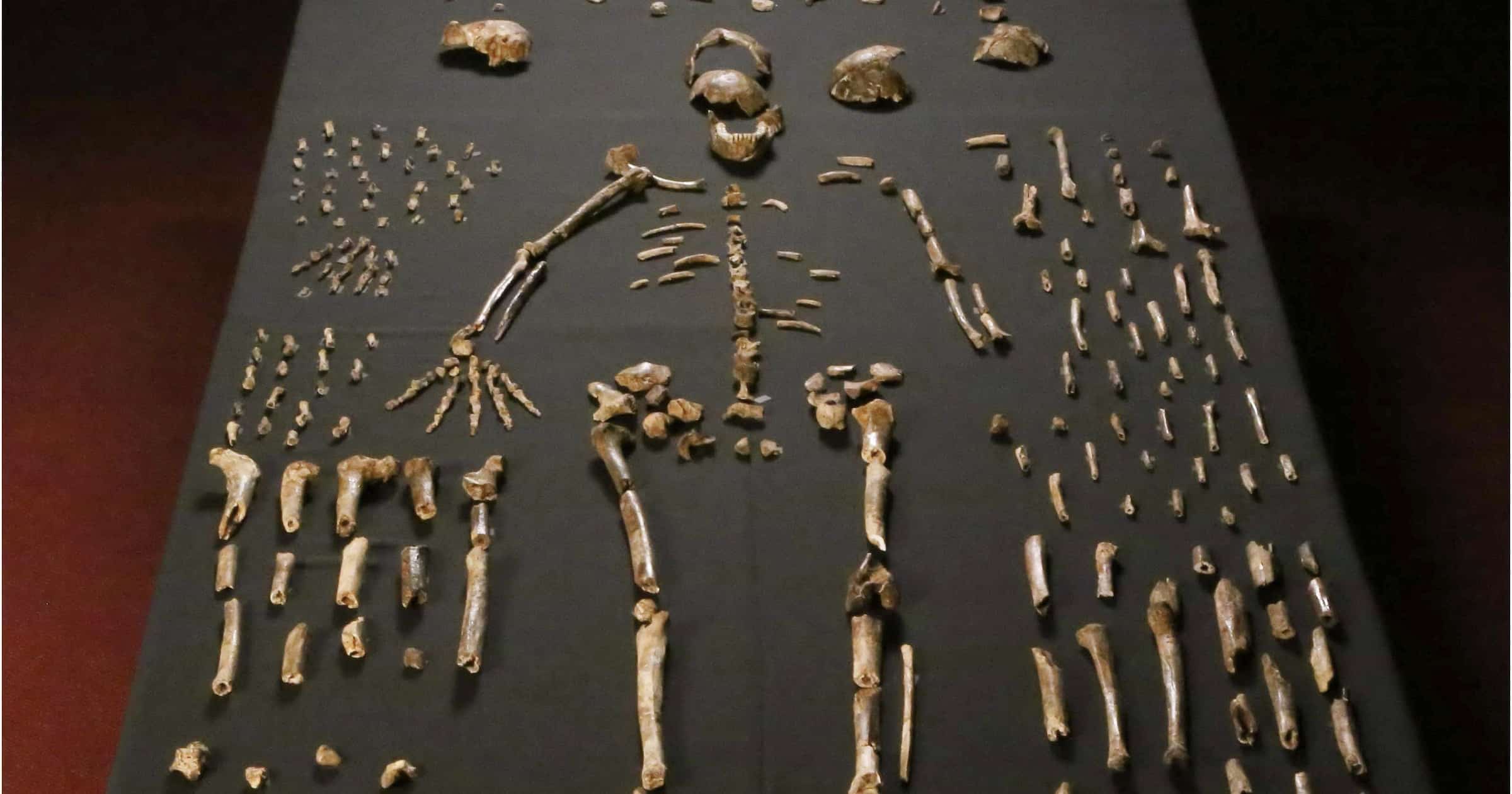 Culture & Ethics
Culture & Ethics
 Human Origins
Human Origins
 News Media
News Media
Science or Science Fiction? Scientists Debate

Should some Netflix documentaries be labeled science fiction? Two are currently targeted by researchers in paleontology and archeology respectively.
One is Unknown: Cave of Bones (2023) in which paleoanthropologist Lee Berger and his team attempt to show that the world’s oldest graveyard was created by homo Naledi, who flourished in the Rising Star cave system from 335,000–236,000 years ago. The site contains 1,550 bone specimens from 15 individuals.
The other is Ancient Apocalypse (2023), in which journalist Graham Hancock argues that an advanced ancient civilization existed 12,000 years ago and spurred many developments in human technology before disappearing.
At the Wall Street Journal, Aylin Woodward tells us that the academic critics say that the films “don’t represent a scientific consensus and shouldn’t be labeled as documentaries.” Netflix has declined comment. Daniel Sandweiss, president of the 5,500-member Society for American Archaeology, went further. He wrote to Netflix asking that Ancient Apocalypse be labeled “science fiction.”
Other media got into the act too.
Re Berger and homo Naledi: “Row erupts over scientist’s claim” (The Guardian, July 22, 2023) and “Peer reviewers say there’s no evidence” (Nature, 25 July 2023).
Re Hancock and Ancient Apocalypse: “No, there wasn’t an advanced civilization 12,000 years ago” (Scientific American, July 1, 2017) and “A show with a truly preposterous theory is one of the streaming giant’s biggest hits — and it seems to exist solely for conspiracy theorists. Why has this been allowed?” (The Guardian, November 23, 2022).
How Strong Is the Researchers’ (and the Media’s) Case Against the Films?
Ancient Apocalypse may as well be science fiction, whether it is so labeled or not. As Aylin Woodward notes,
Maine archaeologist Daniel Sandweiss and many other researchers say there is no material evidence that a civilization like the one Hancock describes ever existed.
“We can find hunter-gatherer camps that are 12,000 years old,” said Charles Ewen, a professor of anthropology at East Carolina University. “They’re hard to find, but we’ve got lots of them. And yet we can’t find any direct evidence of this past civilization.”
AYLIN WOODWARD, “THESE NETFLIX DOCUMENTARIES ARE HITS. SCIENTISTS HATE THEM.”WALL STREET JOURNAL, JAN. 19, 2024
But the researchers’ case against Unknown: Cave of Bones is much more questionable. For one thing, why should a documentary “represent a scientific consensus”? Many fields in science feature current, active controversies and a documentary may expressly intend to set out one side. A dismissive label of any kind is a subtle form of censorship.
Let the Viewer View and Judge!
That said, Berger seems to have got well ahead of his story by allowing or courting a great deal of publicity around his claims that he’d found evidence of “graves or burials made by Homo naledi” as well as the use of fire and cave wall art. But these claims are well within the purview of his science in principle, even though they might turn out to be incorrect.
Some of us remember the 2012 “academic bombshell” when Neanderthal art from 43,000 years ago was discovered. The find disproved the popular theory that Neanderthal man was not cognitively capable of producing artwork. Berger may not be as lucky, of course, and his confidence doubtless rankles colleagues. But he is as entitled to a documentary setting forth his own case as any of them would be for theirs.
Casey Luskin offered some thoughts a few months ago on Berger and homo Naledi at ID the Future. Andrew McDiarmid summarizes Luskin’s view:
At the time of publication the papers had not been peer reviewed. This didn’t stop the scientists from embarking on a massive media marketing campaign to promote their findings. A few months later, though, the critical reviews from other scientists in the field came in. Their colleagues didn’t buy it. “There just wasn’t any science in the paper ultimately,” said one paleoarchaeologist. Another reviewer called the preprints “incomplete and inadequate, and should not be viewed as finalized scholarship.”
In this episode, Dr. Luskin reviews each of the three main claims about Homo naledi made by Dr. Lee Berger and his team and gives us a summary of the strongest counterarguments. He also gives his thoughts on the recent Netflix film. “It’s very important to communicate scientific ideas to the public,” says Luskin. “And I think it’s great when scientists do that, when they do it carefully and responsibly and they’re making sure that the evidence has been thoroughly worked out…in this case, there was a sense that they had sort of put the cart before the horse.”
ANDREW MCDIARMID, “NOT ENOUGH EVIDENCE: CASEY LUSKIN ON RECENT HOMO NALEDI CLAIMS,EVOLUTION NEWS, OCTOBER 9, 2023 (PODCAST)
In any event, Berger is entitled to his documentary, without warning labels, as is Hancock. Both of them would need to publish convincing material in peer reviewed journals to gain a hearing for their views in science. Their colleagues should be content to leave it at that.
Cross-posted at Mind Matters News.
